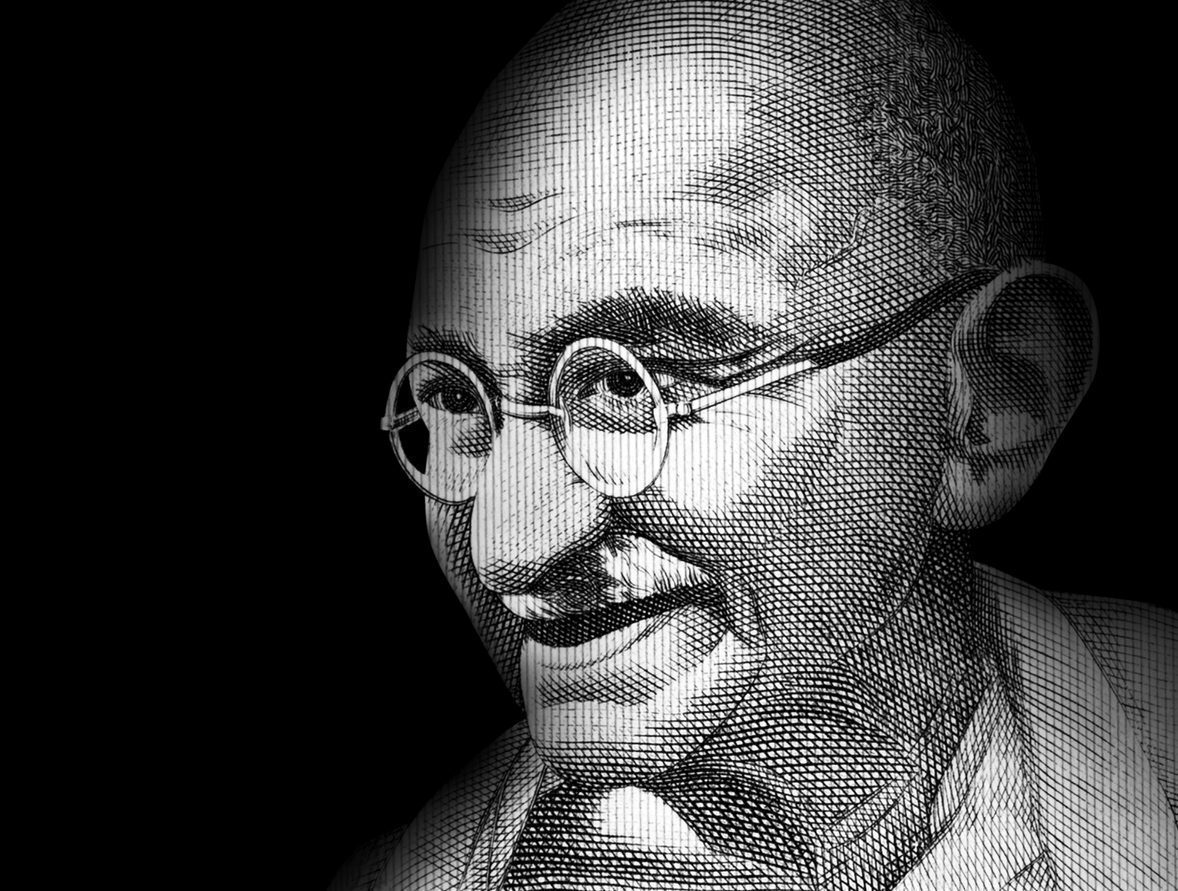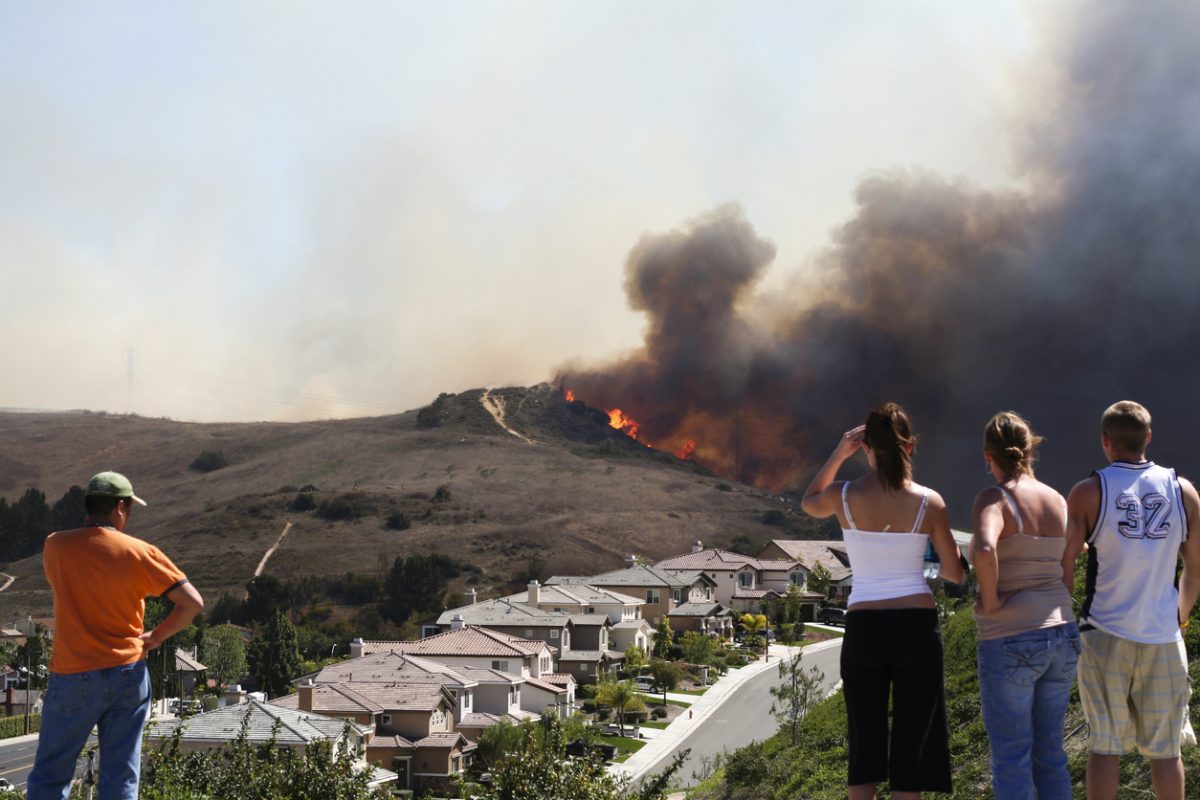

Lockdown and 3 Waves of Suicide in India During the COVID-19 Pandemic
A large number of suicide cases have been reported in India during the lockdown period due to the coronavirus disease 2019 (COVID-19) pandemic.1 The challenges faced by individuals and researchers in India with regard to addressing deaths due to suicide during the COVID-19 crisis are overwhelming. The rising cases of suicide and etiologic factors as well as the urgent need to prioritize mental health care for those affected are concerns of the national and international scientific communities.2 As India has been battling the spread of COVID-19, 3 waves of suicide associated with lockdown among low-income groups have hit the nation. These low-income groups have been struggling to adapt to the new reality in India.
The National Mental Health Survey3 released in 2016 found that people from low-income groups were more likely to be affected by mental health issues. Suicide rates have been rising in India over the last decade, and suicidality was positively associated with low-income groups. India accounts for 26.6% of global suicide deaths.3 Suicide prevention among low-income groups has remained a much ignored mental health issue in India.3
The first wave of suicides of 300 people occurred after the lockdown announcement on March 25, 2020 and lasted until May 2, 2020. This was followed by a second wave of suicides when the lockdown was extended until May 17, 2020. The third wave hit after the lockdown ended and the economic impact subsequently affected people’s jobs and lives.
The suicide cases reported during the 3 waves belonged to all age groups, strata of society, and geographical locations. In the northern Indian city Ludhiana, Punjab, the suicide rate increased 2-fold from 1 suicide every 2 days to 1 suicide per day from April 1 to July 31, 2020.4 The waves of suicide in the eastern Indian city Kolkata, West Bengal were even more concerning for mental health professionals and policy planners. Between April and June 2020, a total of 113 suicides were reported in Kolkata, which is double the number reported in the same period in 2019 (55 suicides) and 2018 (49 suicides).5 In Himachal Pradesh, 466 suicides have been reported as of this writing, which means more than 2 people are taking their lives every day.6 This 2-fold increase in suicide has been attributed to the growing stress of lockdown in the wake of the COVID-19 pandemic in low-income groups.4-6
Many of these lives could have been saved if circumstances were different. Industrial cities in India were hit hard by the prolonged closure, and many individuals, especially those in low-income groups, were out of work for an extended period. Mental health needs, such as depression, posttraumatic stress disorder, and particularly suicide risk, of the low-income population should not be ignored. Prevention of suicide is often possible, and helplines play a key role in intervention strategies. Family and community support systems are increasingly unavailable due to stigma associated with social distancing recommendations, thus interventions incorporating physical distancing rather than social distancing would be effective. Provision of financial and emotional support to affected individuals could reduce rising waves of suicide. Needy individuals should not be deprived of the benefits of social insurance and government aid. There is an urgent need for a national suicide prevention strategy3 in India on a large-scale level, and the World Health Organization suicide prevention taskforce should intervene to reduce suicide rates in the country. Restriction to access of lethal suicide means, emphasis on principles of disaster psychiatry, psychological first aid, and telepsychiatry accessibility are suggested to control the further spread of these visible waves of suicide in India.
Received: August 18, 2020.
Published online: September 10, 2020.
Potential conflicts of interest: None.
Funding/support: None.
REFERENCES
1.Singh GP. Migrant crisis after a lockdown in India during COVID-19 pandemic: an invisible mental health tsunami. Prim Care Companion CNS Disord. 2020;22(4):20com02710. PubMed CrossRef
2.Kallakuri S, Maulik PK. Challenges facing individuals and researchers: suiÂcide in India in the COVID-19 pandemic. Lancet Psychiatry. 2020;7(8):e49. PubMed CrossRef
3.Amudhan S, Gururaj G, Varghese M, et al. A population-based analysis of suicidality and its correlates: findings from the National Mental Health Survey of India, 2015-16. Lancet Psychiatry. 2020;7(1):41-51. PubMed CrossRef
4.Bhardwaj N. Ludhiana saw suicide a day during a lockdown. The Tribune website. https:/www.tribuneindia.com/news/Punjab/Ludhiana-saw-suicide-a-day-during-lockdown-121400. August 3, 2020. Accessed August 12, 2020.
5.Madhuparna D. Suicides see a sharp rise in Kolkata amid lockdown, over half are 40 years or younger. ThePrint website. https://theprint.in/india/suicides-see-a-sharp-rise-in-kolkata-amid-lockdown-over-half-are-40-years-or-younger/453853/. July 4, 2020. Accessed August 12, 2020.
6.Sharma A. Suicide Rates Rise Exponentially In Himachal Pradesh As Economy Continues To Flutter Due To COVID. Outlook website. https://www.outlookindia.com/website/story/india-news-suicide-rates-rise-exponentially-in-Himachal-Pradesh-as-economy-continues-to-flutter-due-to-covid/358385. August 10, 2020. Accessed August 12, 2020.
aDepartment of Psychiatry, Government Medical College and Hospital, Chandigarh, India
*Corresponding author: Gurvinder Pal Singh, MD, Department of Psychiatry, Government Medical College and Hospital, Sector 32, Chandigarh 160030, India ([email protected]).
Prim Care Companion CNS Disord 2020;22(5):20com02794
To cite: Singh GP. Lockdown and 3 waves of suicide in India during the COVID-19 pandemic. Prim Care Companion CNS Disord. 2020;22(5):20com02794.
To share: https://doi.org/10.4088/PCC.20com02794
© Copyright 2020 Physicians Postgraduate Press, Inc.
This PDF is free for all visitors!



